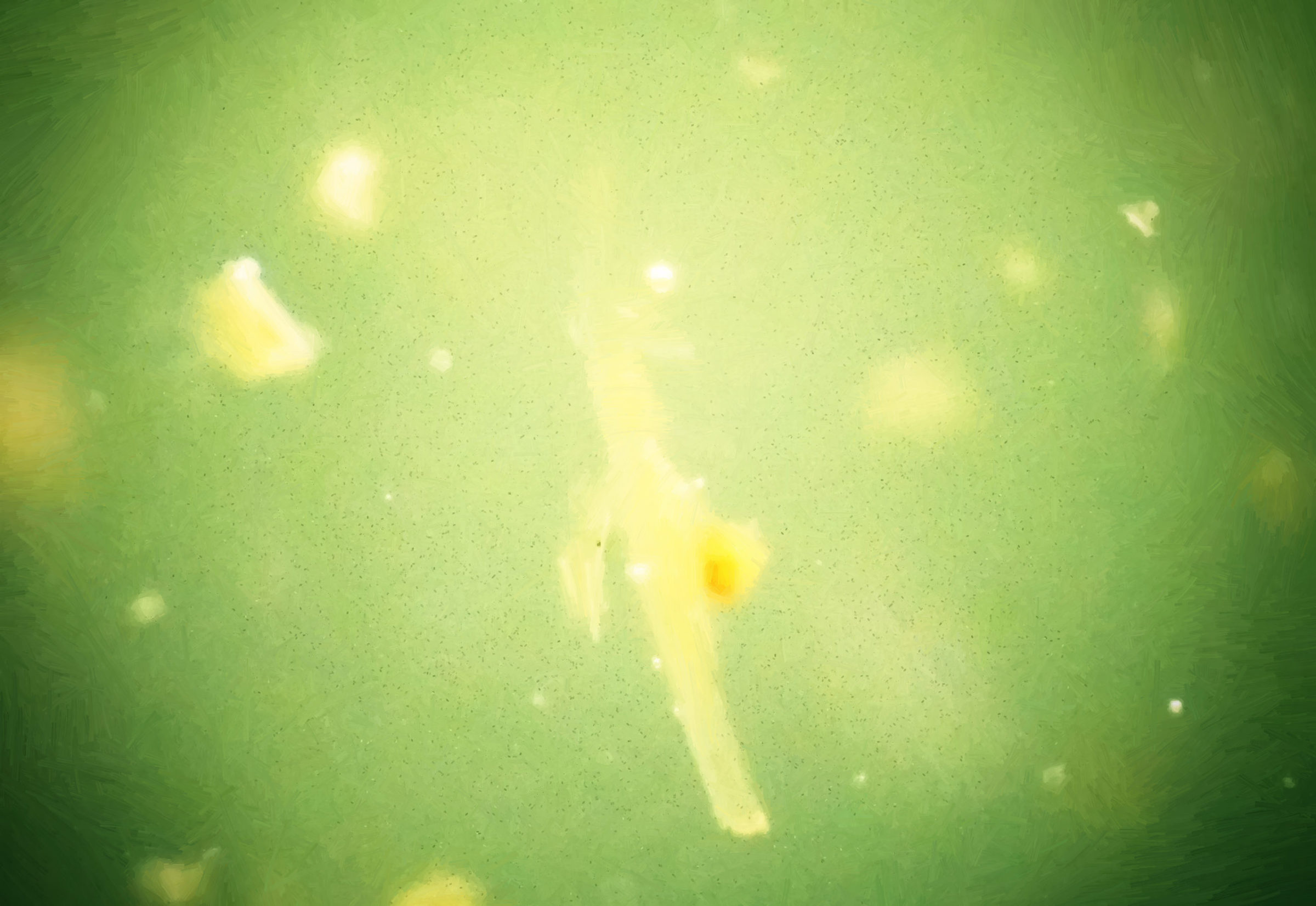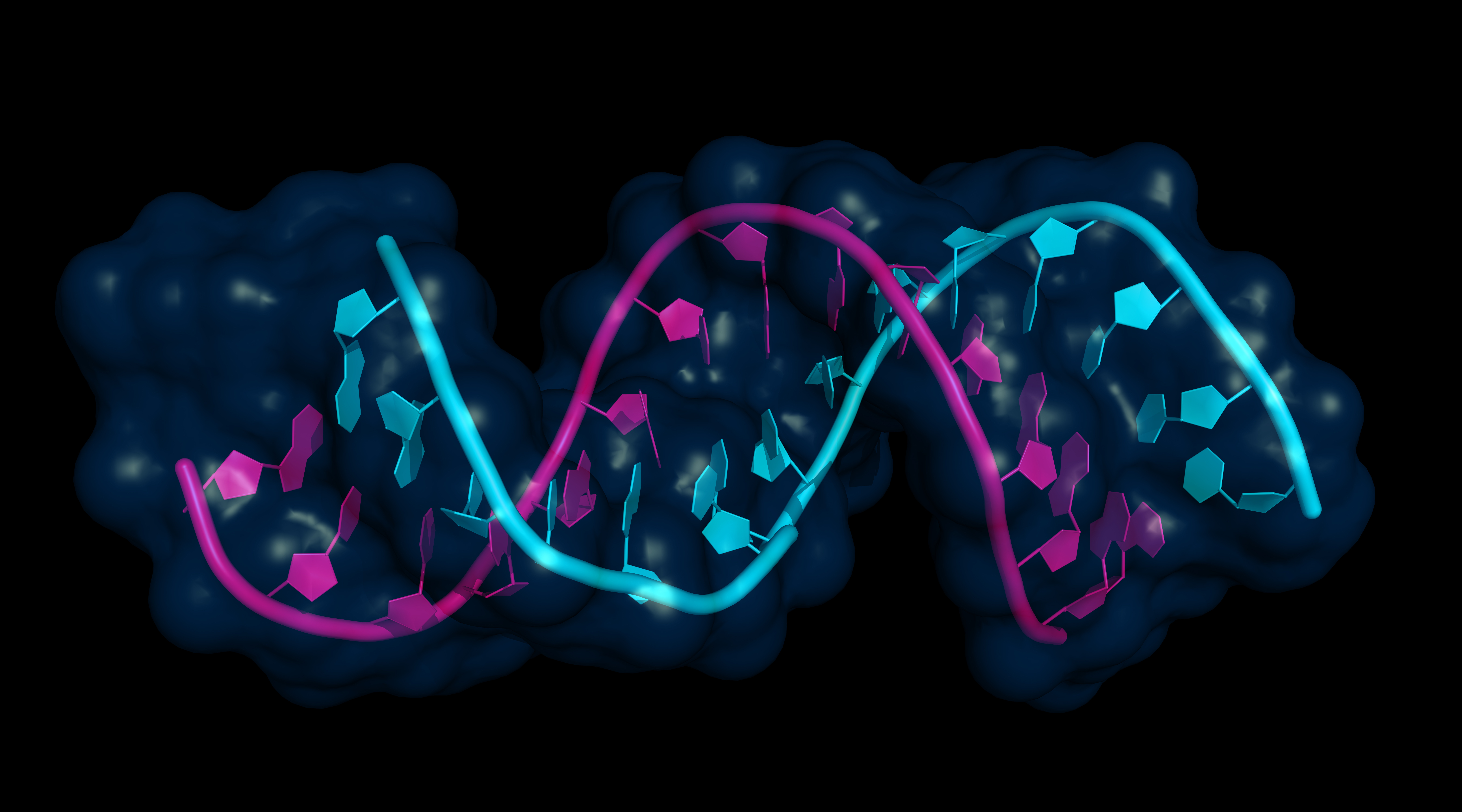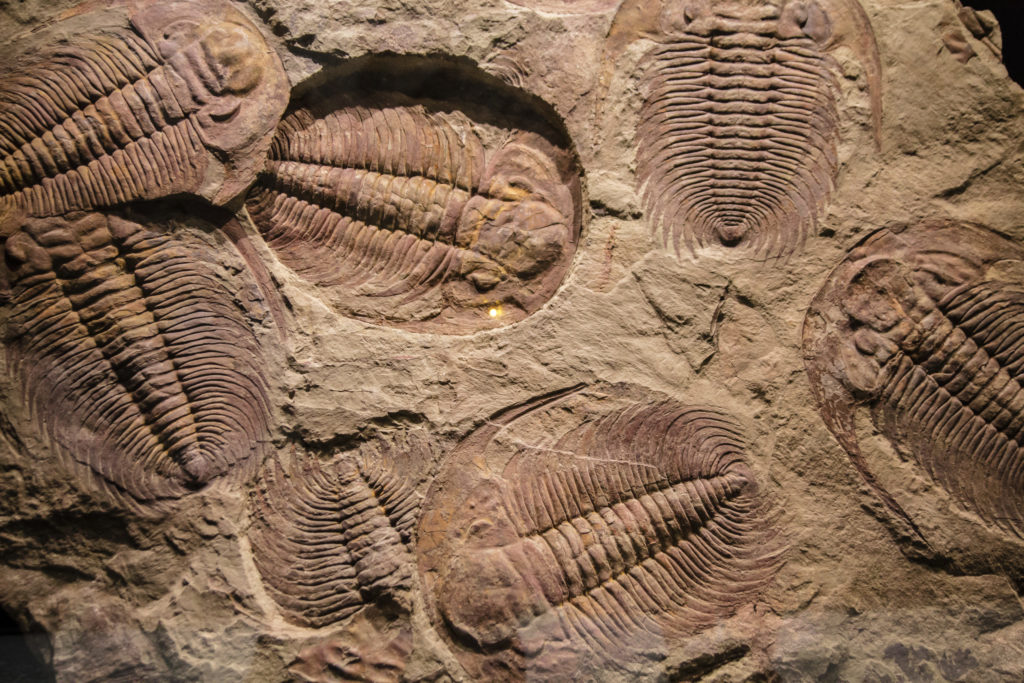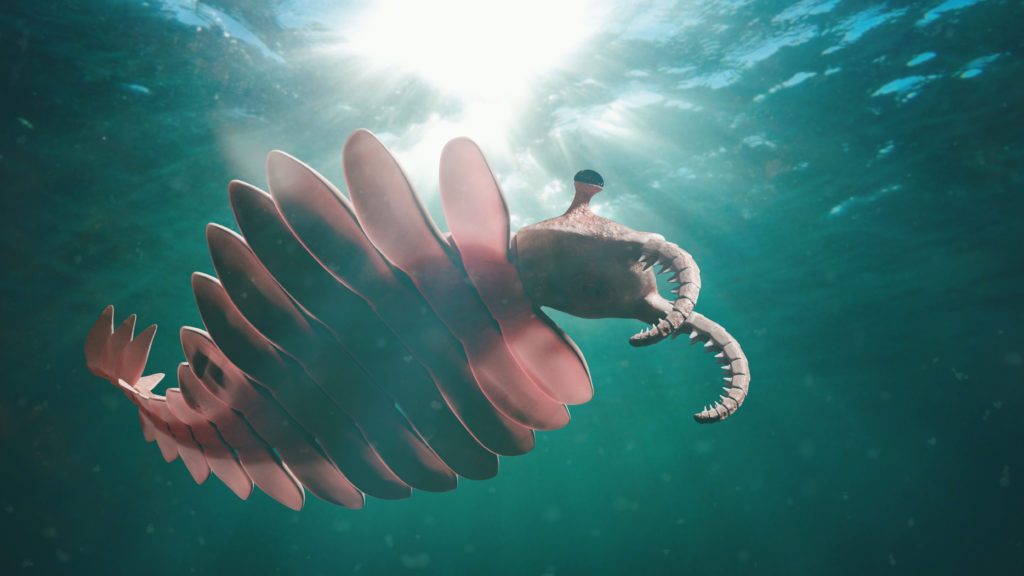


Evidence of Intelligent Design in the Origin of Life

Can the Origin of the Genetic Code Be Explained by Direct RNA Templating?

Sauce for the Goose

The Origin of Biological Information and the Higher Taxonomic Categories

The Cambrian Explosion
Both Charles Darwin himself and contemporary neo-Darwinists such as Francisco Ayala, Richard Dawkins, and Richard Lewontin acknowledge that biological organisms appear to have been designed by an intelligence. Yet classical Darwinists and contemporary Darwinists alike have argued that what Francisco Ayala calls the “obvious design” of living things is only apparent. As Ayala, a former president of the American Association for the Advancement of Science, has explained: “The functional design of organisms and their features would therefore seem to argue for the existence of a designer. It was Darwin’s greatest accomplishment to show that the directive organization of living beings can be explained as the result of a natural process, natural selection, without any need to resort to a Creator Read More ›